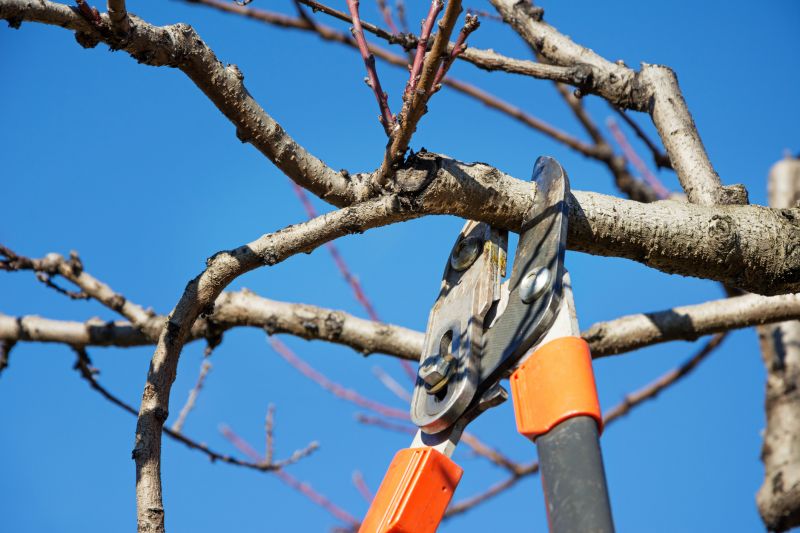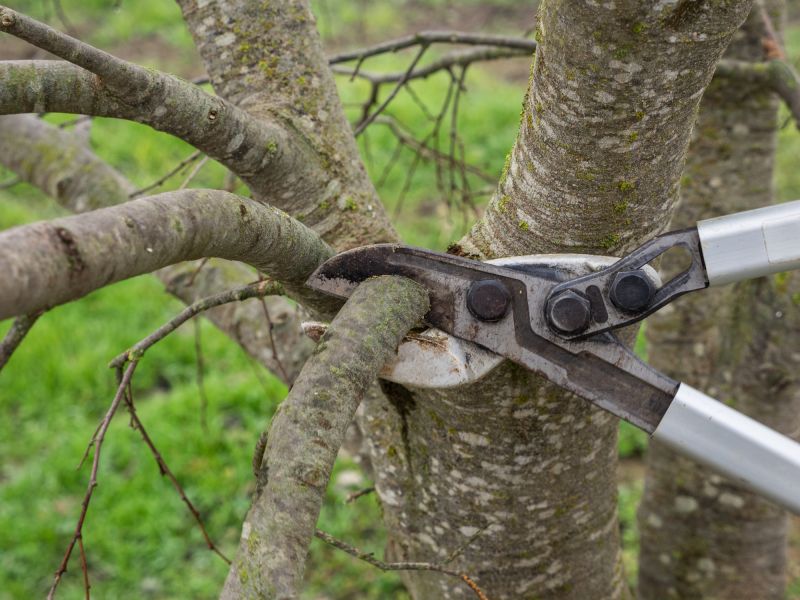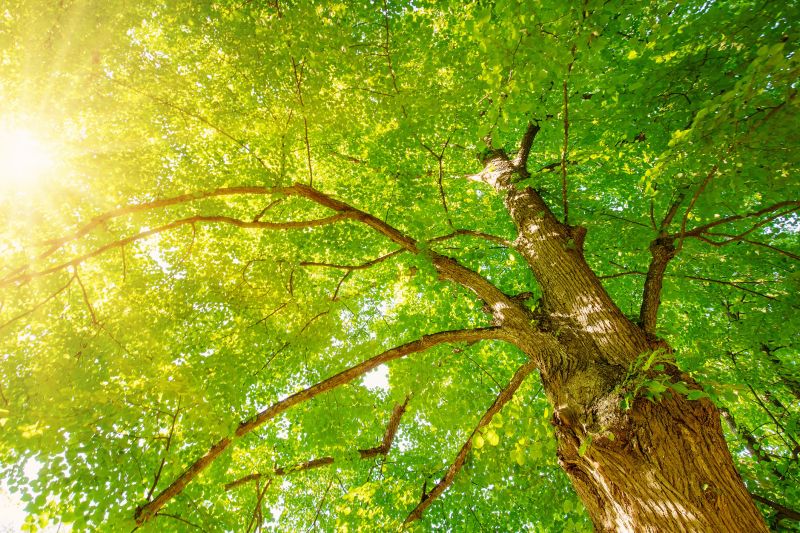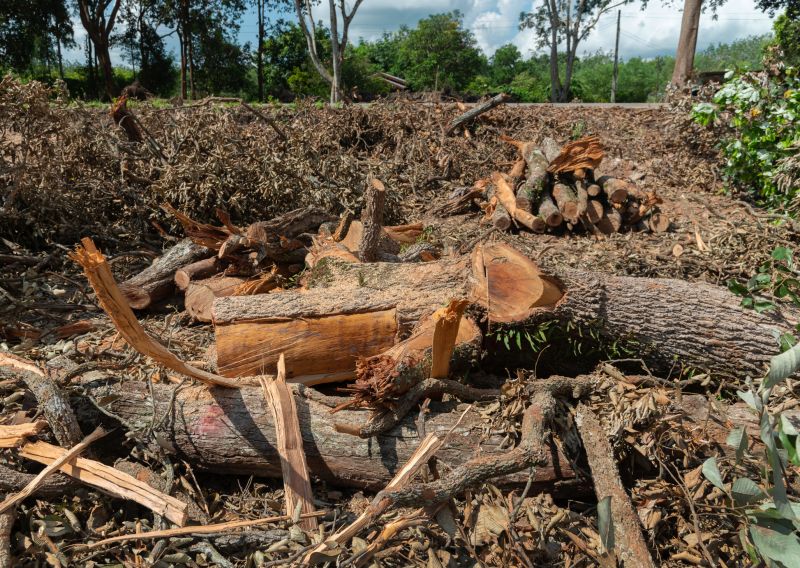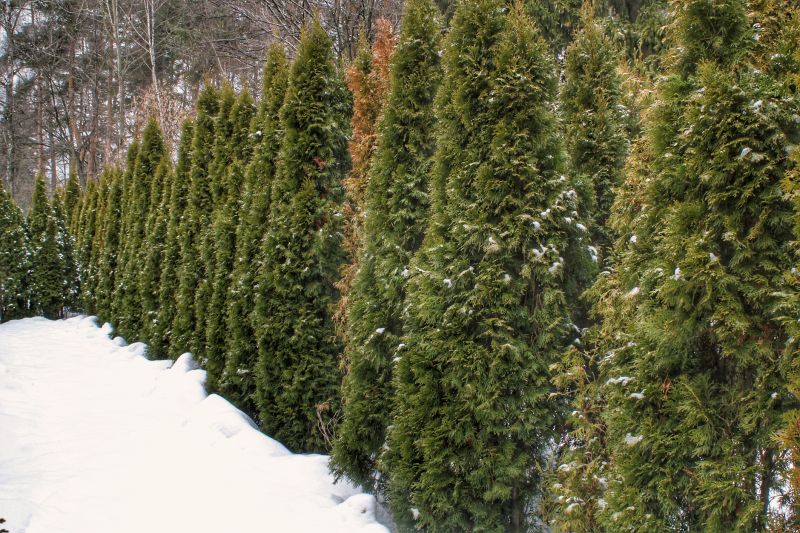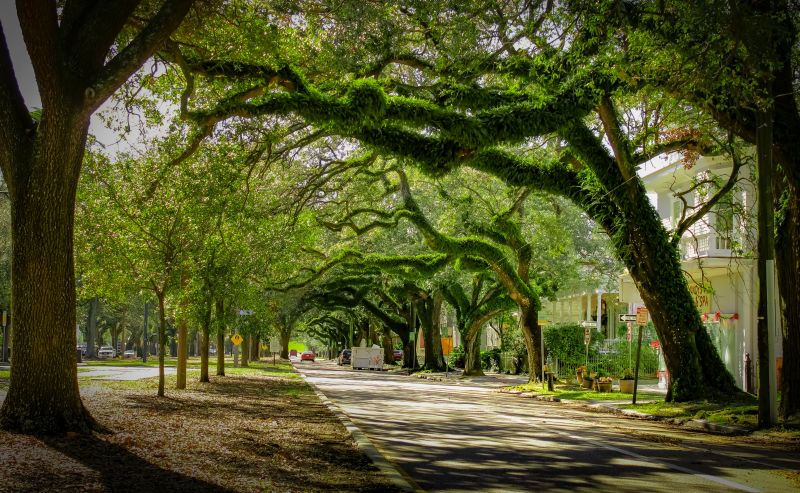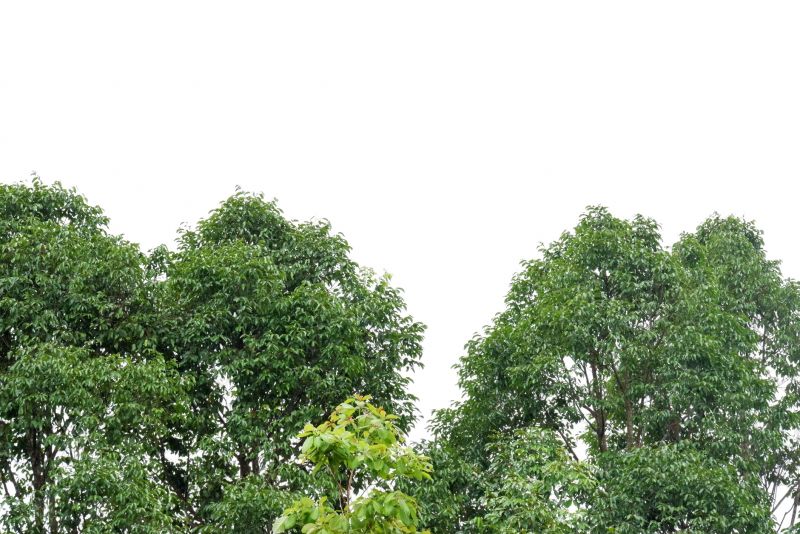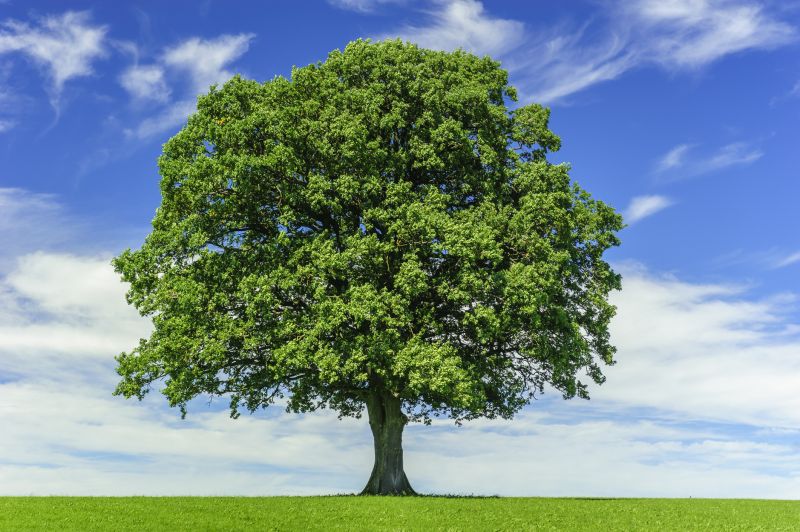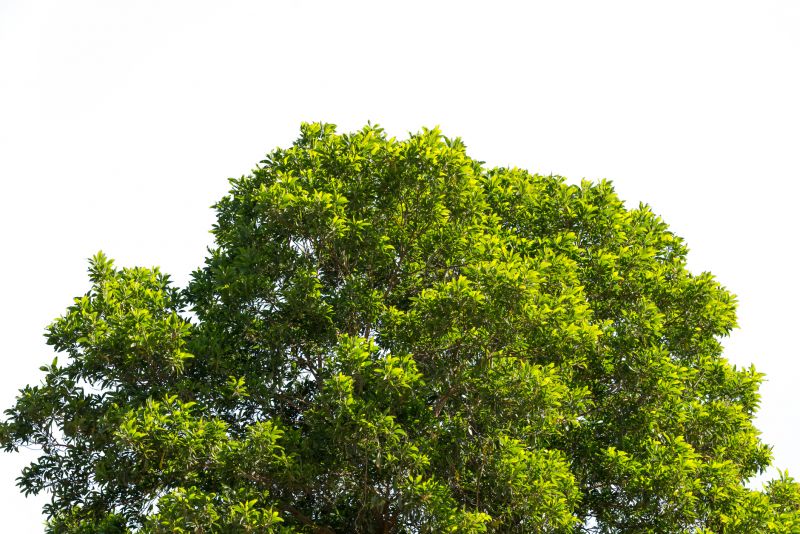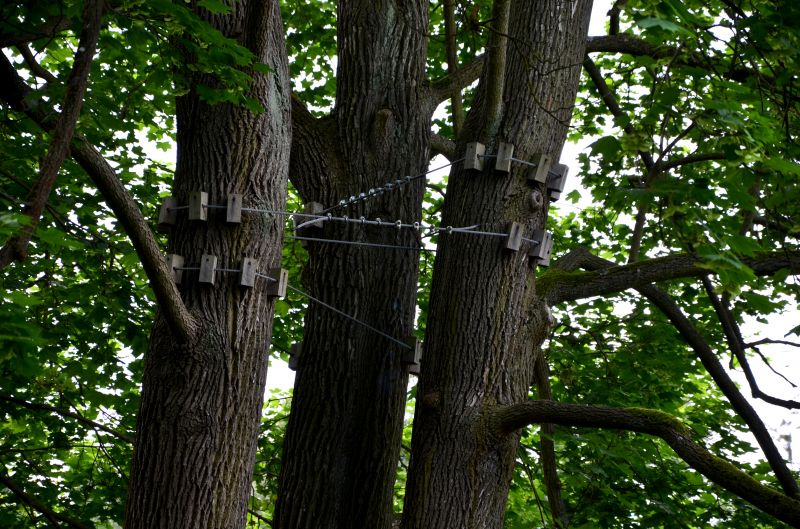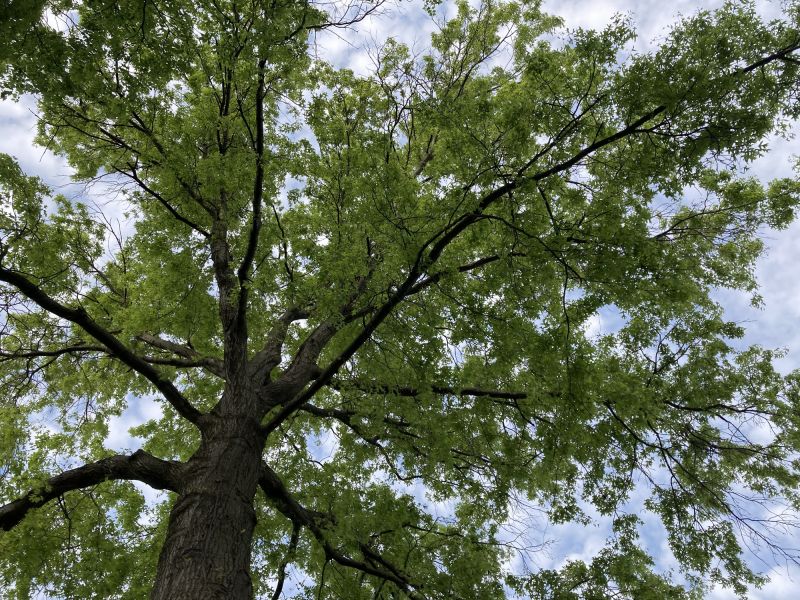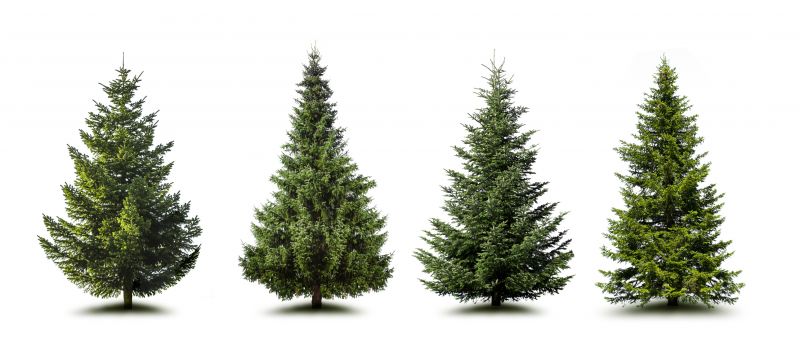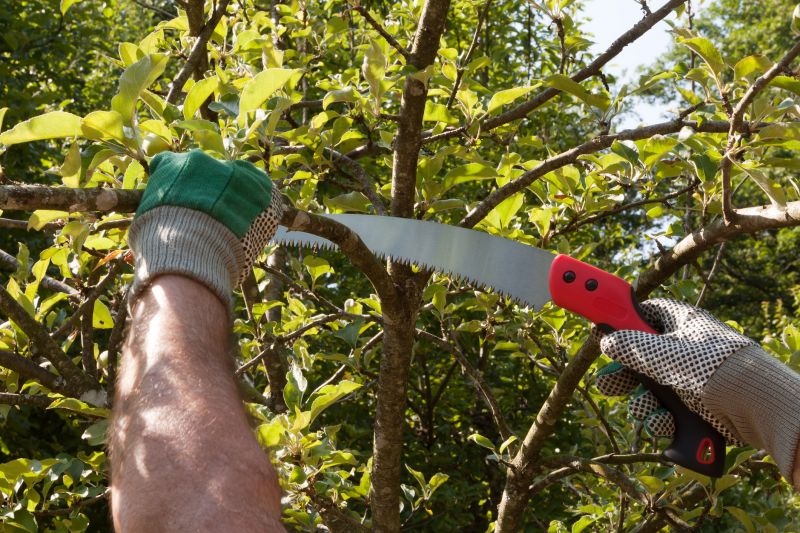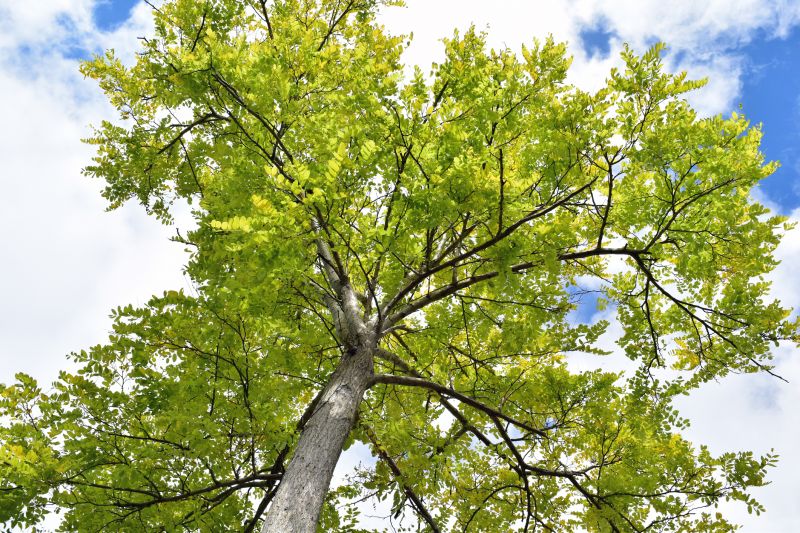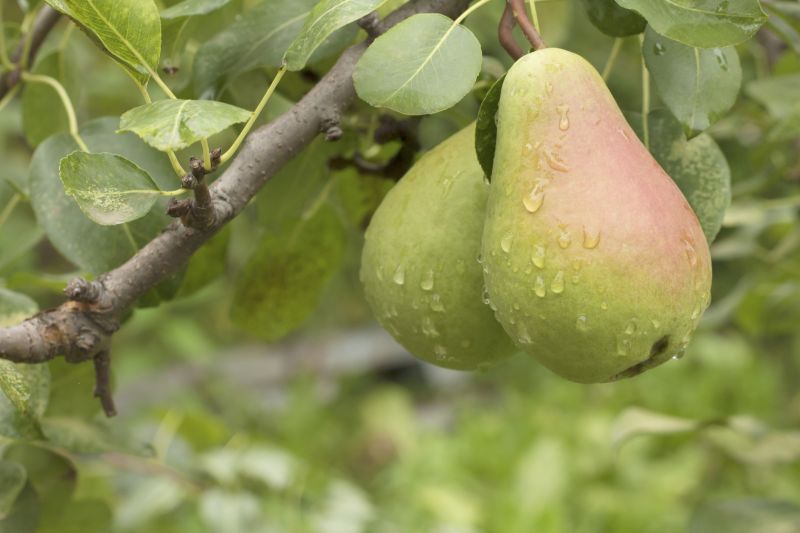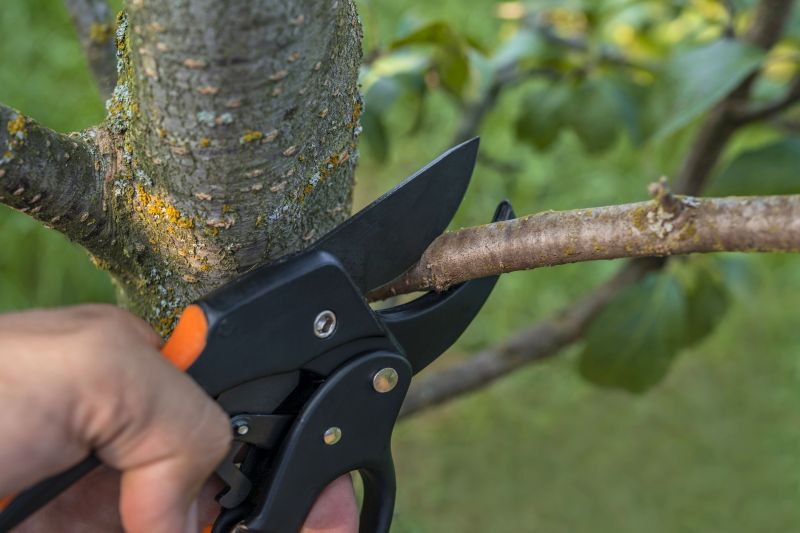
Tree Branch Pruning | How To
Get help with your tree branch pruning needs. Fill out the form above and we will connect you with local pros in your area. Tree branch pruning is a vital practice in maintaining the health and aesthetics of trees. It involves the careful removal of certain branches to improve the overall structure, promote growth, and enhance the tree's appearance. By selectively trimming away dead, damaged, or diseased branches, tree branch pruning helps prevent potential hazards, such as falling limbs or branches, and reduces the risk of disease or insect infestation. This essential maintenance task ensures that trees remain strong, resilient, and able to withstand environmental factors like wind and storms. Professional arborists possess the expertise and knowledge required to perform tree branch pruning safely and effectively, ensuring the long-term vitality of your trees.
How to Prune Tree Branches
Introduction
Pruning tree branches is an essential task to maintain the health and appearance of your trees. In this article, we will guide you through the step-by-step process of tree branch pruning.
Step 1: Assess the Tree
Before you start pruning, carefully examine the tree to identify any dead, damaged, or diseased branches. These branches should be your priority for removal.
Step 2: Gather the Right Tools
Make sure you have the necessary tools for tree branch pruning. These may include:
- Pruning shears
- Loppers
- Pole pruner
- Hand saw
- Safety goggles
- Gloves
Step 3: Prune Small Branches
Start by pruning small branches using pruning shears or loppers. Cut the branches just above the collar, which is the swollen area where the branch connects to the trunk or larger branch. Avoid cutting too close or leaving stubs.
Step 4: Prune Larger Branches
For larger branches that are out of reach, use a pole pruner or hand saw. Make an undercut about 12-18 inches from the collar, then make a top cut slightly further out from the undercut. This prevents the bark from tearing and causing damage to the tree.
Step 5: Remove Deadwood
Remove any deadwood by cutting it back to healthy wood. Dead branches can attract pests and diseases, so it's important to eliminate them.
Step 6: Maintain Tree Shape
As you prune, keep in mind the desired shape and structure of the tree. Remove any branches that are crossing, rubbing, or growing in undesirable directions. This will help maintain the tree's overall form and prevent future issues.
Step 7: Clean Up
Once you have finished pruning, gather all the cut branches and dispose of them properly. You can either compost them or contact your local waste management for guidance on disposal.
Conclusion
Pruning tree branches is a task that requires careful consideration and proper technique. By following these steps, you can ensure the health and beauty of your trees for years to come.

